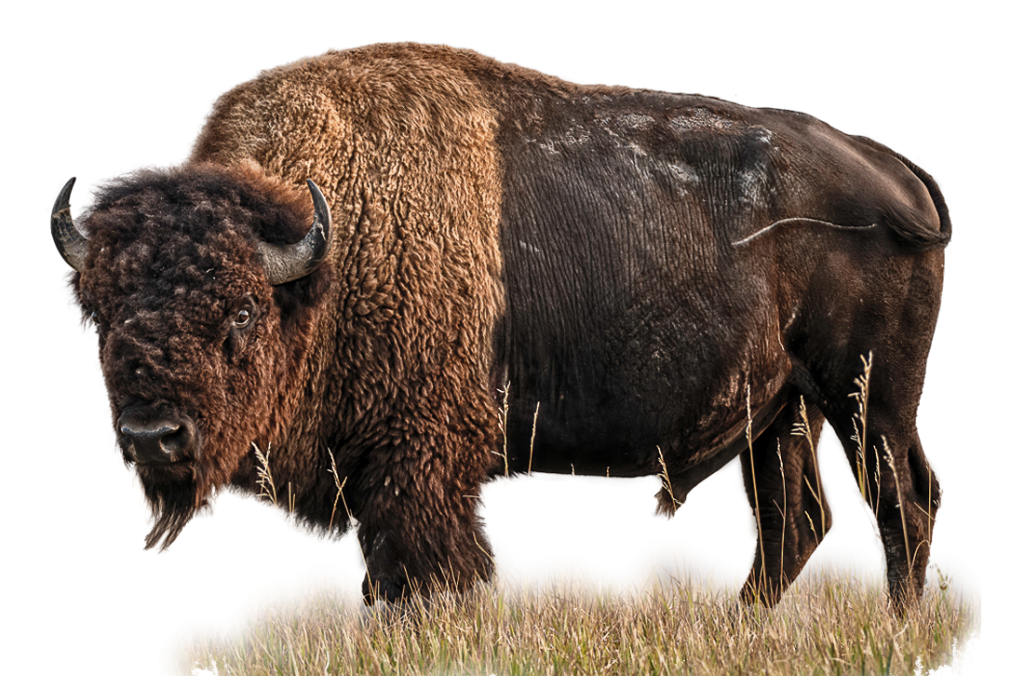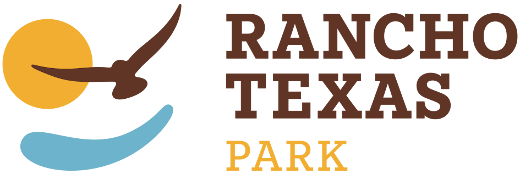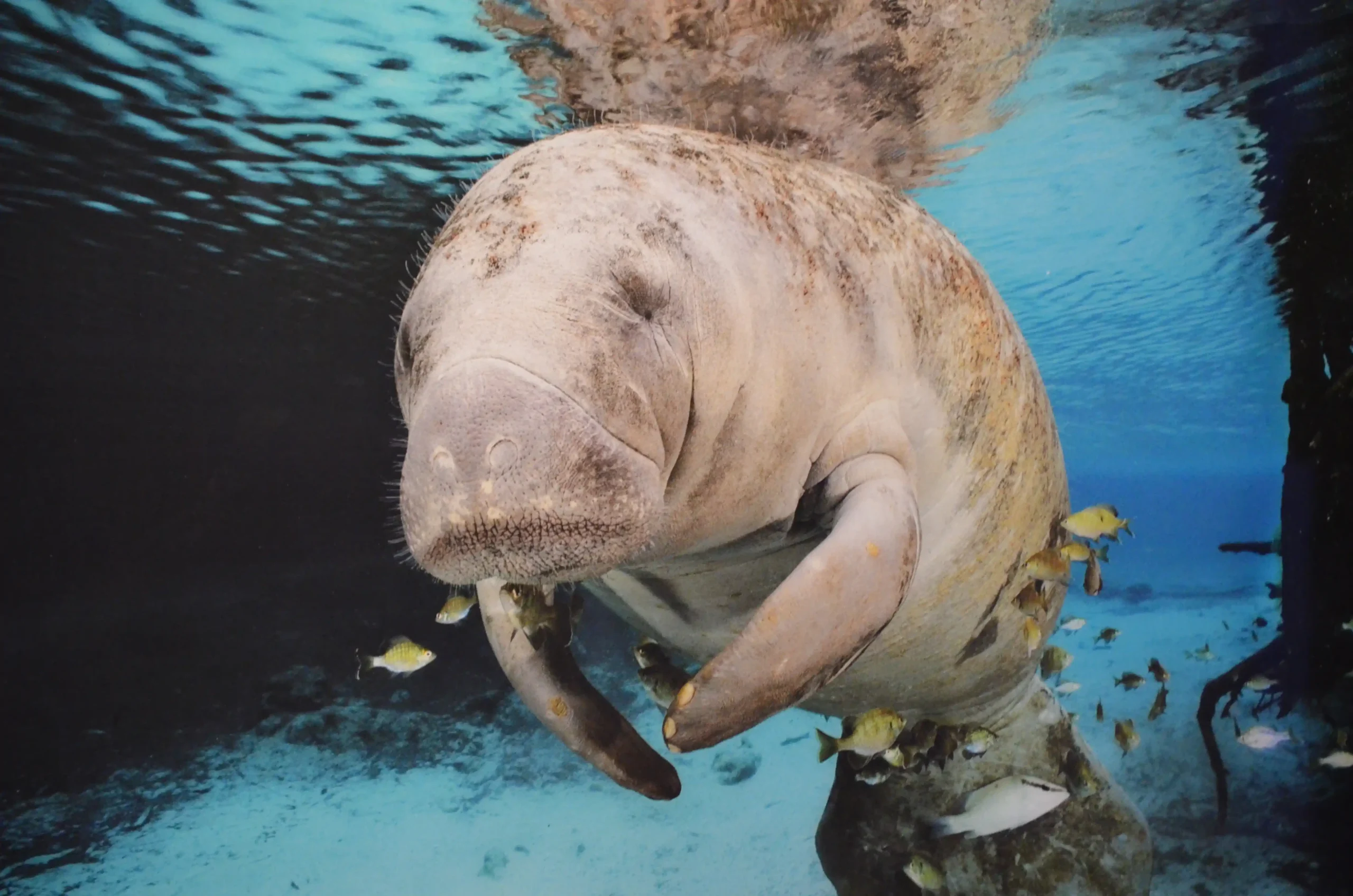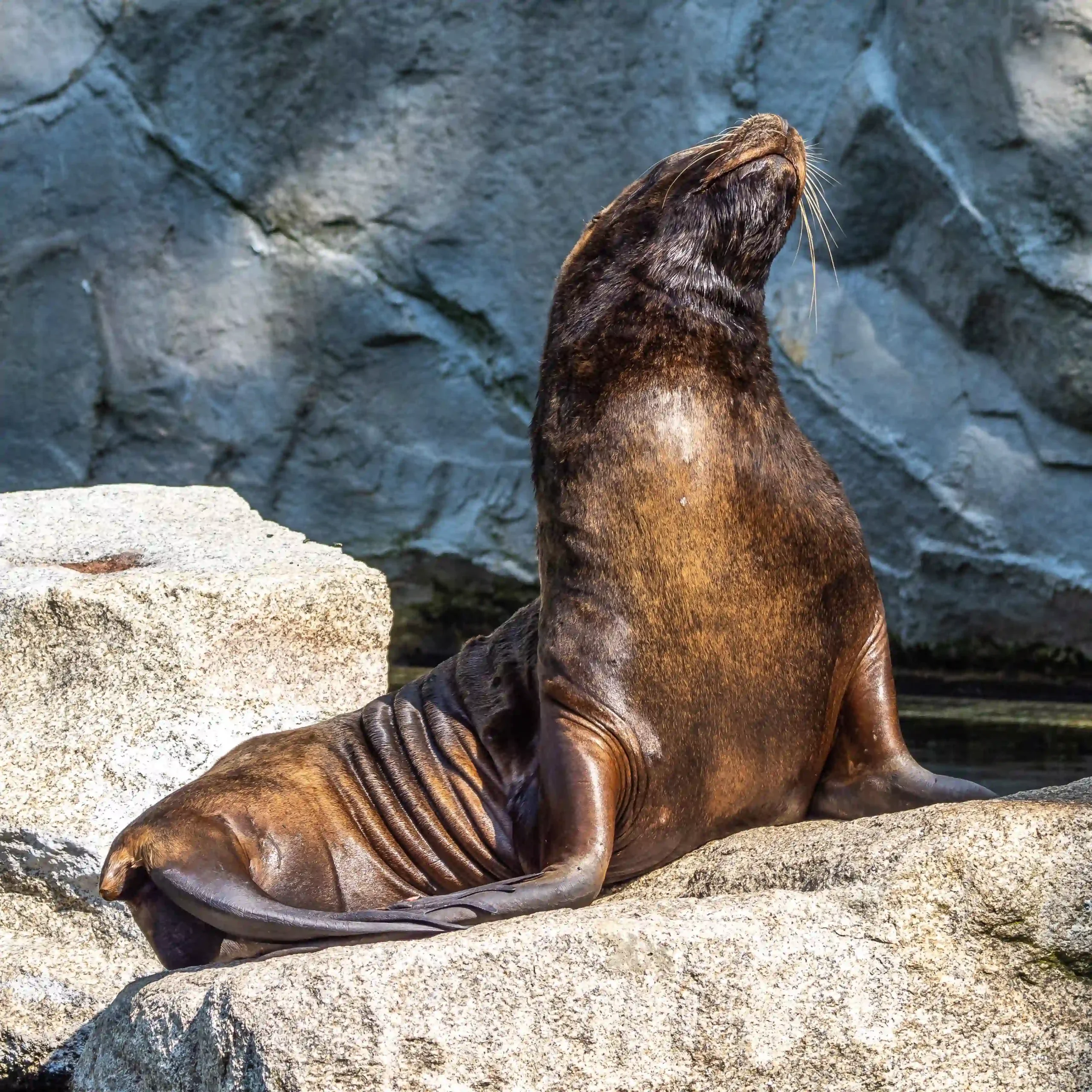ANIMAL CONSERVATION AND WELFARE
The commitment we make to our animals is not only about providing them with excellent homes and care. Our veterinary team spares no effort to ensure the health of our animals, through preventive medicine and direct actions. Every animal is monitored periodically to avoid possible complications. However, we do not stop there, we ensure that every park enclosure is a place where the animals are capable of developing behaviors similar to their natural ones. To all the structural and social well-being, we have to add the daily work of the animal welfare team and that of the caregivers with the joint function of establishing environmental enrichments. These are developed depending on the species, its needs and even individuals. There are visual, gustatory, tactile stimuli, etc. Every day is a challenge for both the animal and its caregivers because it means understanding the individual need of each member of our family in Rancho Texas

ANIMAL CONSERVATION AND WELFARE
The commitment we make to our animals is not only about providing them with excellent homes and care. Our veterinary team spares no effort to ensure the health of our animals, through preventive medicine and direct actions. Every animal is monitored periodically to avoid possible complications. However, we do not stop there, we ensure that every park enclosure is a place where the animals are capable of developing behaviors similar to their natural ones. To all the structural and social well-being, we have to add the daily work of the animal welfare team and that of the caregivers with the joint function of establishing environmental enrichments. These are developed depending on the species, its needs and even individuals. There are visual, gustatory, tactile stimuli, etc. Every day is a challenge for both the animal and its caregivers because it means understanding the individual need of each member of our family in Rancho Texas

Institutional collaboration
Rancho Texas Lanzarote Park collaborates with the Canary Islands authorities who ensure the conservation of the native and endemic species of our archipelago, especially on the island of Lanzarote. We have cases of rehabilitation of animals that arrive at the center after having suffered some mishap, almost always related to human activity
We have recovered animals such as the common kestrel (Falco tinnunculus), to more emblematic animals such as the Tagorote falcon (Falco pelegrinoides Temminck), an endemic subspecies of the archipelago, among others.
After having undergone a veterinary examination and a rest period in our facilities, the conservation team is in charge of preparing and rehabilitating the specimens for their release. After a process of adaptation and muscle strengthening, if the authorities and technical criteria allow it, they are released.
Yaqu Pacha and Rancho Texas Park
As in-situ conservation projects we want to highlight the collaboration with the Yaqu Pacha organization, specialized in the conservation of marine mammals in Latin America. Together with other collaborators, Rancho Texas Lanzarote Park ensures the protection and conservation of species such as the vaquita (Phocoena sinus), the La Plata dolphin (Pontoporia blainvillei), the Amazonian dolphin (Inia geoffrensis), the manatee (Trichechus inunguis), the sea otter (Lontra felina), the South American fur seal (Otaria flavescens), the bottlenose dolphin (Tursiops truncatus) and the Guiana dolphin (Tursiops truncatus)
Yaqu Pacha and Rancho Texas Park
As in-situ conservation projects we want to highlight the collaboration with the Yaqu Pacha organization, specialized in the conservation of marine mammals in Latin America. Together with other collaborators, Rancho Texas Lanzarote Park ensures the protection and conservation of species such as the vaquita (Phocoena sinus), the La Plata dolphin (Pontoporia blainvillei), the Amazonian dolphin (Inia geoffrensis), the manatee (Trichechus inunguis), the sea otter (Lontra felina), the South American fur seal (Otaria flavescens), the bottlenose dolphin (Tursiops truncatus) and the Guiana dolphin (Tursiops truncatus)




